Have you ever been stuck playing the same scales over and over again when soloing? It can be frustrating to play a scale that sounds good, but doesn’t offer any variety. Lucky for you, there are many different scales you can use to solo over major chords!
In this article I will show 9 of these scales that will certainly add more flavour to your guitar solos.
For this lesson we will we will use the C major chord as an example. You can transpose it to any key and I will show you how to do that as you read on.
All the scales mentioned below can be extended to cover the whole neck. I will show you all the notes of the scales and its diagrams so that you can extend it up the neck.
Let’s start by looking at the C major chord shape.
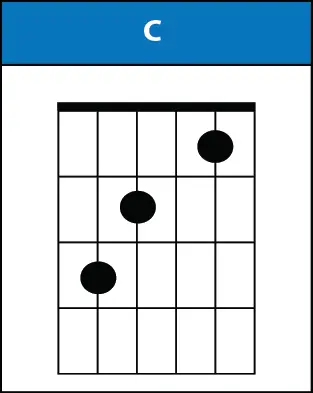
This is a C major chord. Each scale mentioned below will go over this chord and will give this chord a unique sound.
As I have mentioned above, these scales can be transposed to any key. If you want to play these scales in the key of D, then simply move the scale up a whole step (Since D is a whole step up from C).
Here are 9 scales you can use to solo over major chords
1. Major Scale
Notes: C – D – E – F – G – A – B – C
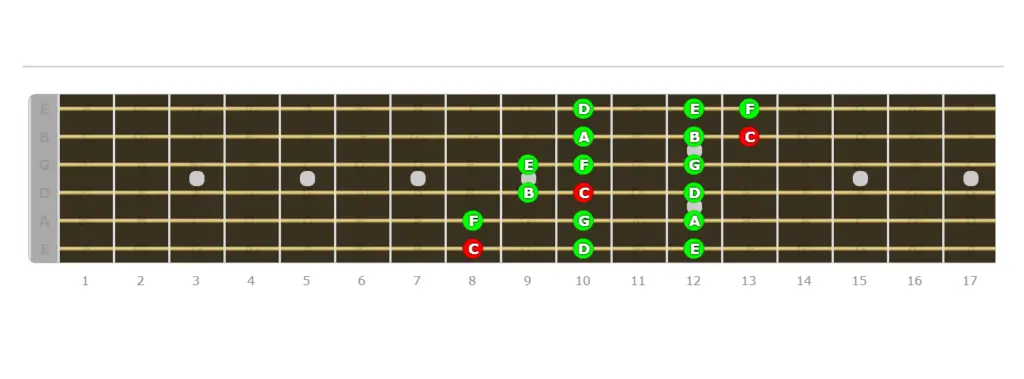
The major scale is the most common scale in western music. It consists of 7 different pitches and 8 notes total. This is the scale that provides the foundation for melodies, improvisation, chords, and chord progression. Most guitar players use this scale to solo over major chords.
Use this shape over C major chord and add some slides, bends and vibratos to make it more interesting. To play this same shape over D major chord, simply move the shape up a whole step.
2. Lydian Scale
Notes: C – D – E – F# – G – A – B
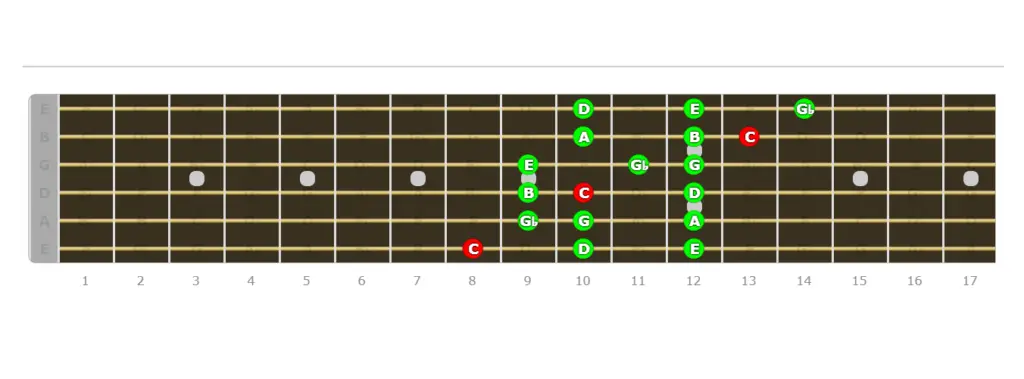
The only difference between the major scale and the Lydian scale is the sharp 4th. In the key of C the major scale notes are C – D – E – F – G – A – B – C. To make it a Lydian scale you just have to sharp the fourth note i.e., F. So, the notes of C Lydian scale will be: C – D – E – F# – G – A – B.
Practice this shape up and down until you remember it. After you remember all the notes, try to improvise by playing any random notes of this scale. Add some hammer on and pull offs and try to make a small melody or a riff.
There are uncountable ways to use this scale to solo over major chords. To know more about this scale, watch this video lesson by Signals Music Video .
3. Lydian Dominant
Notes: C – D – E – F# – G – A – Bb
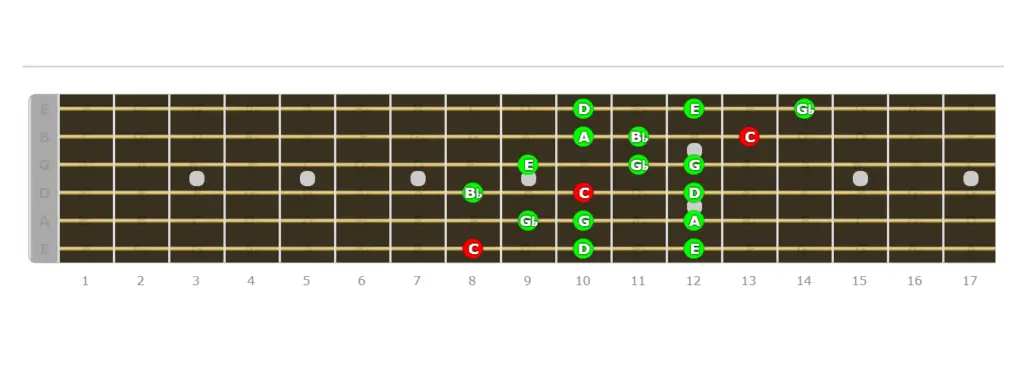
To make a Lydian Dominant scale, sharp the 4th and flat the 7th of a Major scale. So, in the key of C, you will sharp the F like you did in the Lydian scale and flatten the 7th, which is a B note.
4. Mixolydian
Notes: C – D – E – F – G – A – Bb
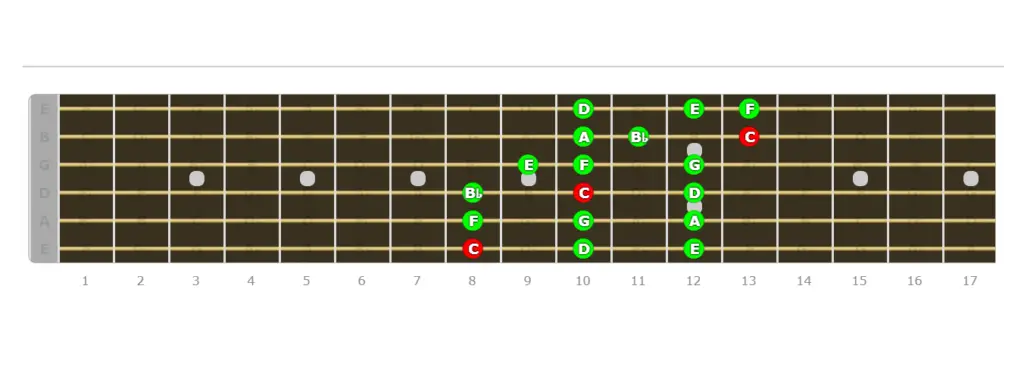
The Mixolydian Mode can be thought of as “major with a flat seventh”. If you take any major scale and flatten its seventh degree, you will have a mixolydian scale. This mode is used in blues, funk and Motown, but is also the foundation for rock and metal. The Mixolydian mode can be used over a chord progression like: C – F – G7.
5. Phrygian Dominant
Notes: C – Db – E – F – G – Ab – Bb
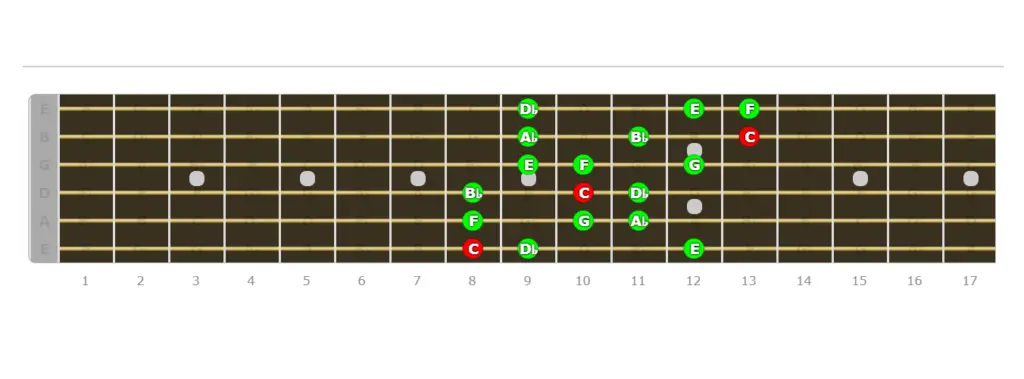
To make a Phrygian dominant scale, you have to just flatten the 2nd, 6th and 7th notes of a major scale.
6. Hindu
Notes: C – D – E – F – G – Ab – Bb
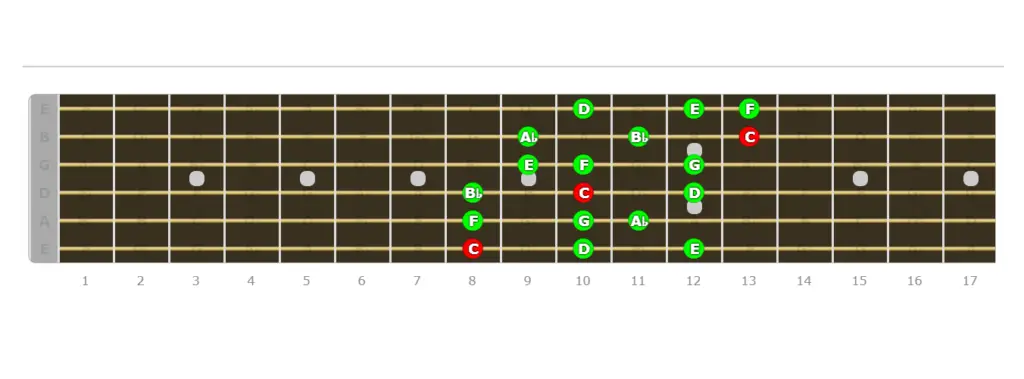
To make the Hindu scale from a major scale, flatten the 6th and 7th note. In the key of C, the notes you need to flatten are A and B of the major scale.
7. Lydian #2
Notes: C – D# – E – F# – G – A – B
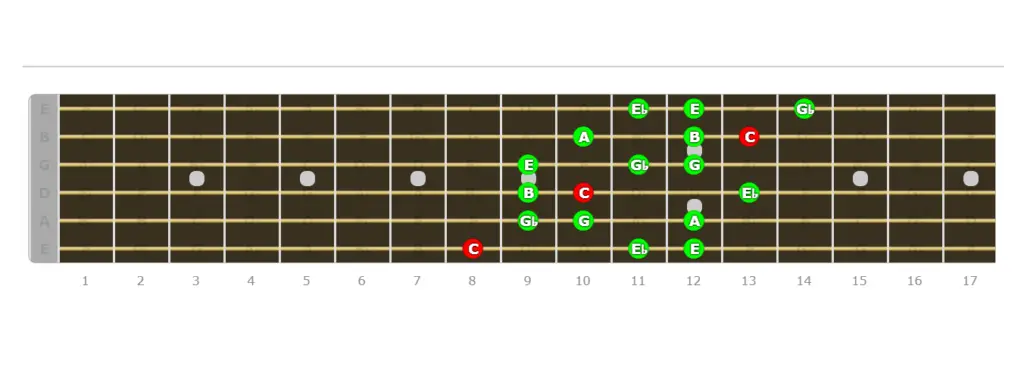
To make a Lydian #2 scale, flat the 2nd and 4th note of the major scale.
8. Harmonic Major
Notes: C – D – E – F – G – Ab – B
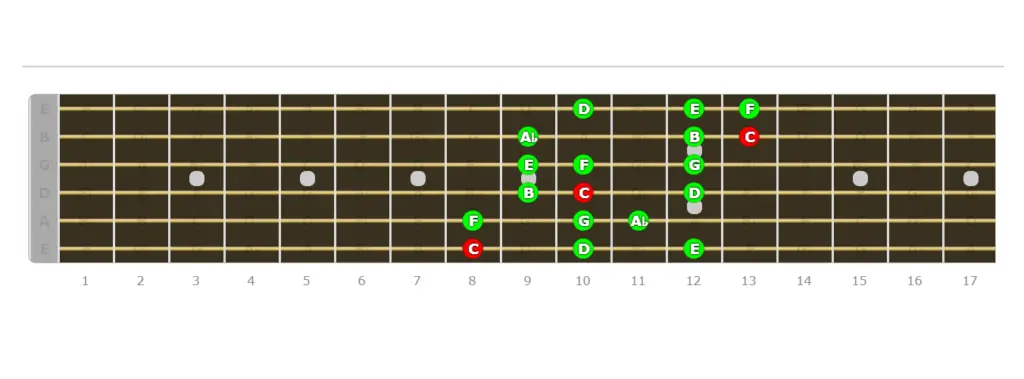
To make this harmonic major scale, form the original major scale you will flat the 6th. That is the A note in the key of C.
9. Major Pentatonic
Notes: C – D – E – G – A
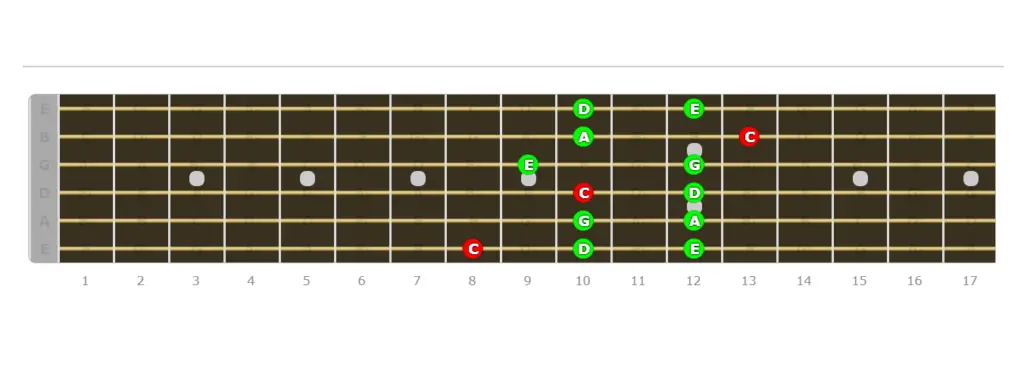
This is a five note scale, so you will not play two of the notes of the original major scale. You will play the 1, 2, 3, 5, and 6 of the scale.




